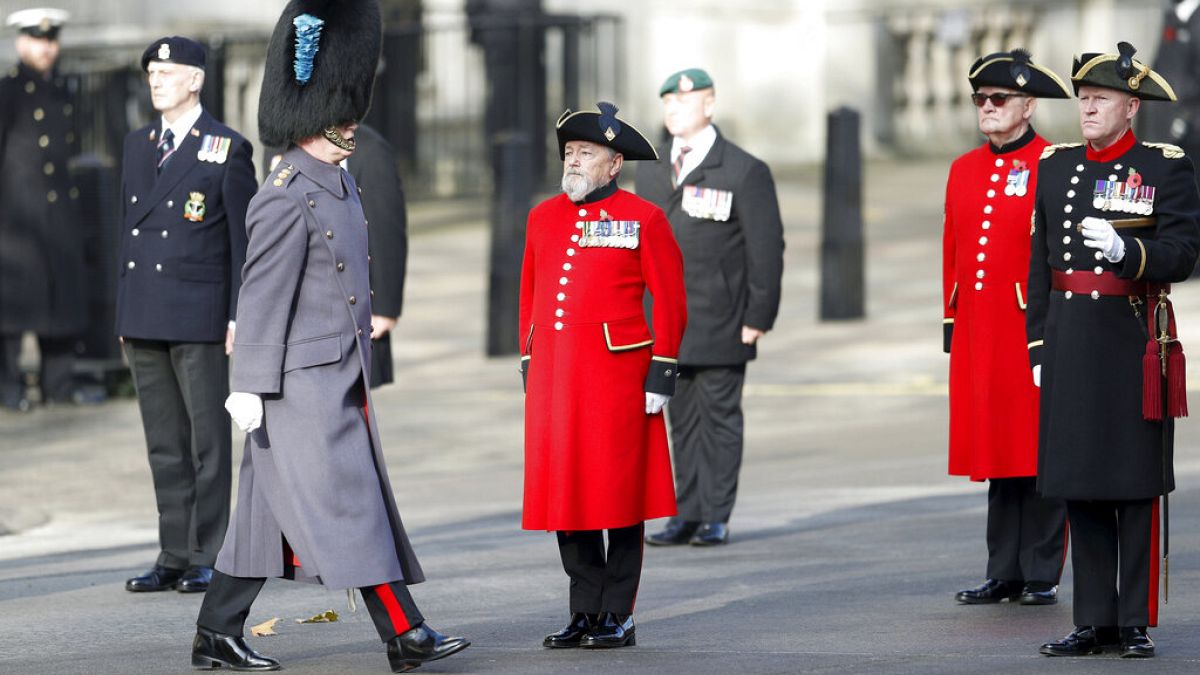The ceremony marks the end of WW1 in 1918.
Britain marked Remembrance Sunday with a service at the Cenotaph in Whitehall, London on Sunday, November 8.
The event was held amidst restrictions due to the coronavirus, with the UK under a new lockdown as of last week due to a spike in cases of the virus. The British Legion announced earlier this week that there would not be a traditional march past the Cenotaph as in previous years due to COVID-19.
What is Remembrance Sunday?
Remembrance Sunday is held annually and pays tribute to the British servicemen and women who died during the First World War, from 1914 to 1918.
It was first held in 1919 and called 'Armistice Day' to mark the armistice signed on 11 November 1918, ending the war with Germany. But during World War Two it began to be observed on Sundays that were closest to the anniversary instead of the 11th day of the month.
That was set into law in 1956, when it was agreed that the event - renamed Remembrance Sunday - would be held every year on the second Sunday of November.
Although Remembrance Day began after WW1, today it commemorates those who died in both World Wars as well as in other conflicts, such as Iraq and Afghanistan, that have been fought since.
How is it marked in the UK?
As well as the event at the Cenotaph, a memorial for the war dead of WW1, a minute's silence is held throughout the UK at 11 am on the 11 November, and people across the country buy and wear poppies ahead of the day to commemorate the dead.
The significance of the poppy is due to the fact that, after the war, hundreds of flowers grew in the fields where some of the worst fighting had taken place in Belgium and northern France. It was the British Legion which began selling paper poppies in 1921, and they have been worn ever since.
Of the six million men mobilised by Britain for the conflict, 700,000 were killed, or around 11.5%. During the war's bloodiest day, the Battle of the Somme on July 1, 1916, almost 60,000 died in a single day.
